Do We Need More Options in Photography? My First Time With a Telephoto Lens
Hands-On with the Fujifilm XF 70–300mm f/4–5.6 LM OIS WR
The Allure of Unlimited Options
Options. I think of them as unlimited possibilities, a way to be ready for anything, to have an alternative just in case. That’s the pleasure of options.
However, they don’t come without drawbacks. I’ve felt that if I spread myself too thin and do too many different things, I may become good at them, but I will hardly become great at any. I also feel that having many options is sometimes a source of uncertainty, because I don’t know what to focus on. This often leaves me undecided and takes away my time and peace of mind.
“One Body, One Lens” — The Approach
That’s why I decided to keep things simple when it came to photography. It’s not that I would have naturally gone this way, but my mentor insisted on the “one body, one lens” principle because, according to him, I would develop faster as a photographer this way. This approach is not random, as it’s based on the experience of great photographers like Henri Cartier-Bresson, who built his entire body of work using just a 35mm lens and later a 50mm. So, I chose the Fujifilm Xe4 with a 27mm f2.8 lens and carried it everywhere because of its compactness and simplicity.
The Temptation of Telephoto
But, as it often happens, no matter how much I resisted, I couldn’t escape my nature. My affinity for options and love for optics, inherited from my childhood days of using a microscope, telescope, and binoculars, could not be suppressed. Exploring the world from different perspectives, setting off on adventures, and discovering the unknown have always been my drive. Optics allowed me to see the world in a new light.
So, I started looking at something that could open up even more possibilities for me. A telephoto lens. I spoke with a photographer who knows Fujifilm equipment really well and found out that the most recommended telephoto lens is the Fujifilm XF 70–300mm f4.0–5.6 LM OIS WR.
Although the reviews I read confirmed his words that it’s a good lens, I couldn’t ignore the question my mentor asked me: “What do you need this for?”
That’s a good question I don’t have an answer for. In fact, do I need to have one? I don’t really know what I would use the telephoto lens for except for zooming in at a distance. I want to see if it will inspire me and open eyes to fresh perspectives of the world around me. Will it enrich my perception and delight my soul — that’s the question I’m curious about. After all, I love photography too much to limit myself because of a few paper bills, no matter what color they are. If I don’t like it, I’ll sell it, but at least I’ll know I tried.
First Impressions: Light, Powerful, and Fun
After several months of indecision, I finally clicked “buy”. Now that the lens has arrived, I couldn’t wait to try it out. As I reached for the Fujifilm XF 70–300mm with my hands, I found it to be relatively lightweight, under half a kilogram, which is great for a telephoto lens. Although plastic dominates the design, the feel in the hand and the build quality are of a high standard.
By rotating the lens, it extends. While I would have preferred an internal zoom, that’s likely not feasible in this $800 price range. However, what matters most is performance and, above all, feeling. I’m curious to see how it performs in practical use.
For my first outing with the lens, I chose Maksimir, a beautiful park in Zagreb with the same-named zoo. It’s a spacious park with a large forest and three lakes hidden in the middle.
Given the almost therapeutic effect that water has on me, I approach the lakes and, with my gaze, explore and listen for signs of wildlife. This time, with my new gear, I’m looking far for the first time.
A Gaze to the Distant World
Seeing freshwater turtles, several species of ducks, and herons flying overhead, I take out the lens and, to my excitement, realize that I can now do something that was previously impossible for me — take pictures from a distance.
Although it’s a significant magnification that emphasizes hand shake, the image stabilization helped me take handheld shots with ease.
One of the first things I noticed — even before reviewing the images — was a visual phenomenon I hadn’t been able to capture before: compression.
You can see it clearly in the image of the heron and the turtles, including the background. Although there’s quite a bit of distance between them in real life, the lens brings everything visually closer together. This effect flattens perspective, making elements appear more tightly connected and allowing for a more cohesive, layered composition.
After switching my focus from distance, I shift to nearby objects, searching for those right around me. Here, I see how with this lens, I can achieve significant magnification, capturing beautiful portraits of animals and plants.
After a brief tour, I headed to the nearby zoo in search of more exotic wildlife. The golden hour created perfect conditions for photography.
Upon entering the wild animal section, I completely let go, enjoying every moment and capturing with my lens everything that caught my attention, especially the fur of the wild animals.
Although I’m not an expert in technical equipment evaluation, I can still say how I experienced the telephoto lens from the perspective of someone who had never used it before. I feel it to be very practical and versatile.
The Downsides of Too Much Choice
However, despite all the praise I’ve given this lens so far, it’s not without its downsides — just like everything in life.
From my perspective, the biggest issue isn’t the lens itself, but the amount of gear I have to carry with it. Since this lens starts at 70mm, I also need to bring a wider lens, which means carrying a second camera body. So instead of just one setup, I now bring both the Fujifilm X-H2 with the 70–300mm and the Fujifilm X-E4 with the 16–80mm.
After using this setup for a while, I started to feel it in my neck and back — making photography more tiring and less enjoyable than when I carried only one camera and one lens.
Another downside is that the image quality doesn’t quite match that of a prime lens. The differences in sharpness are small, but still noticeable.
The last downside, paradoxically, might be its greatest advantage — the abundance of options. With this lens, when paired with the 16–80mm, I can photograph nearly anything, and that is the enemy of specialisation. From that perspective, the saying “less is more” still holds true. Perhaps, after I tire of all these options, I’ll realize that returning to simplicity will guide me further on my photographic journey.
But for now, I’m simply enjoying the experience. I gave in — and I have no regrets. Through this lens, I’ve reconnected with my own curiosity — and that, I believe, is always worth it. This lens might just be another piece of gear, but honestly, it’s a lot of fun.
Thank you for reading my story.
A cup, though emptied, holds the infinite potential to be filled again—and you can fill it up, if you please. Thank you for your support. 💛
About the Author: I am a passionate photographer and a philosopher of both photography and life, a TEDx speaker, a Master of Molecular Biology, and a product manager. I curate two newsletters: Lens of Perception, where I explore the intersections of photography, travel, and philosophy, and Thoughtful Corner, where I share ideas, reflections, and insights for curious minds. Thank you for taking the time to enjoy my work.

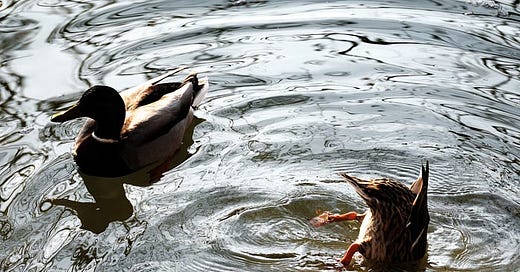



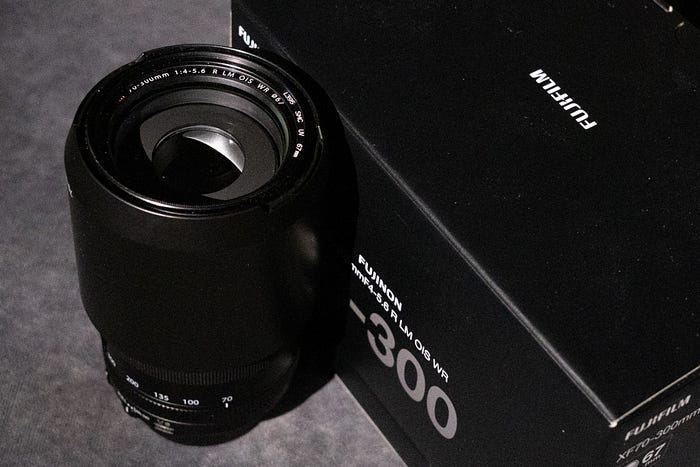
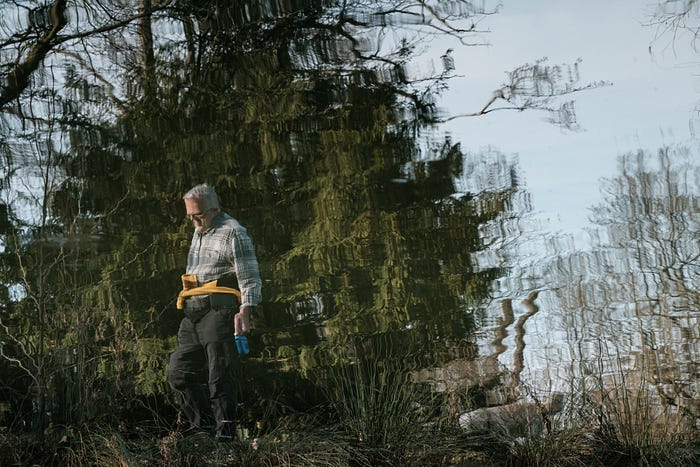
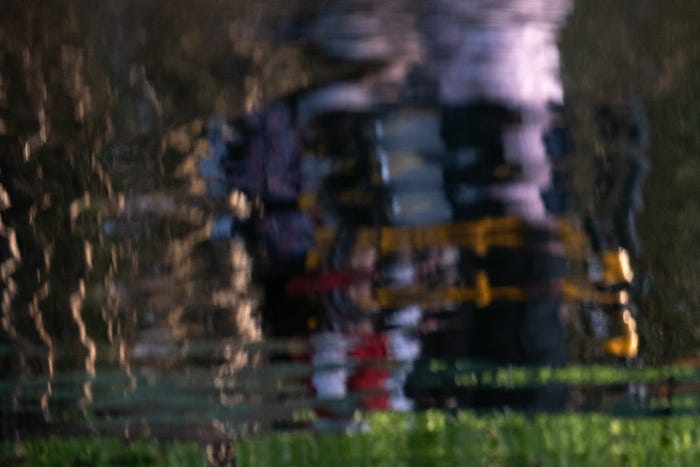
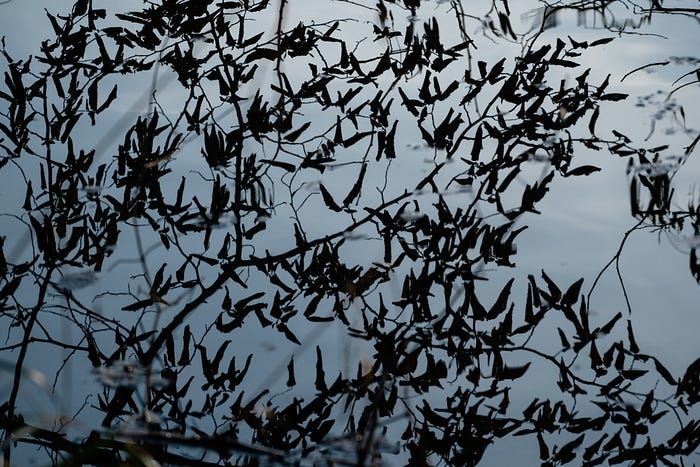
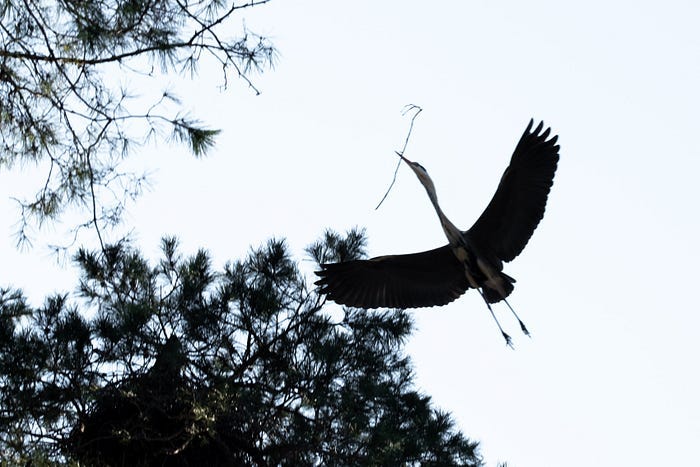
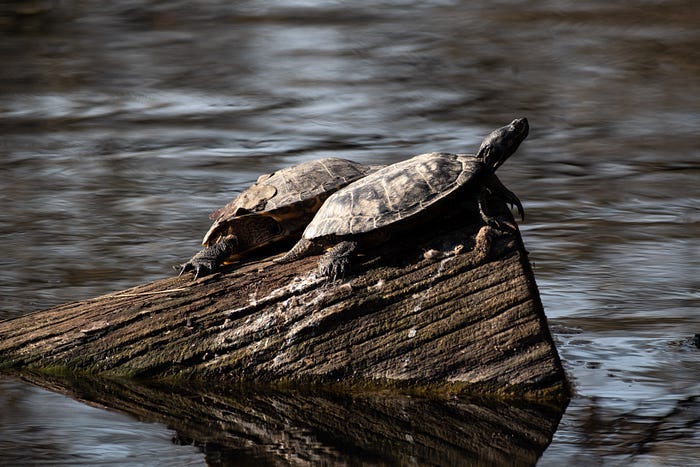
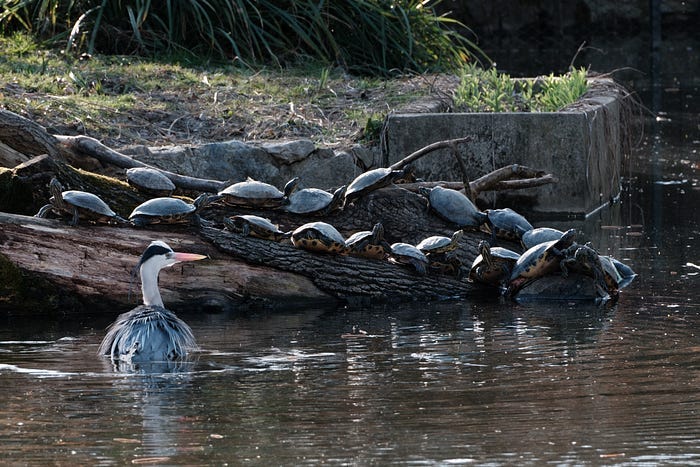
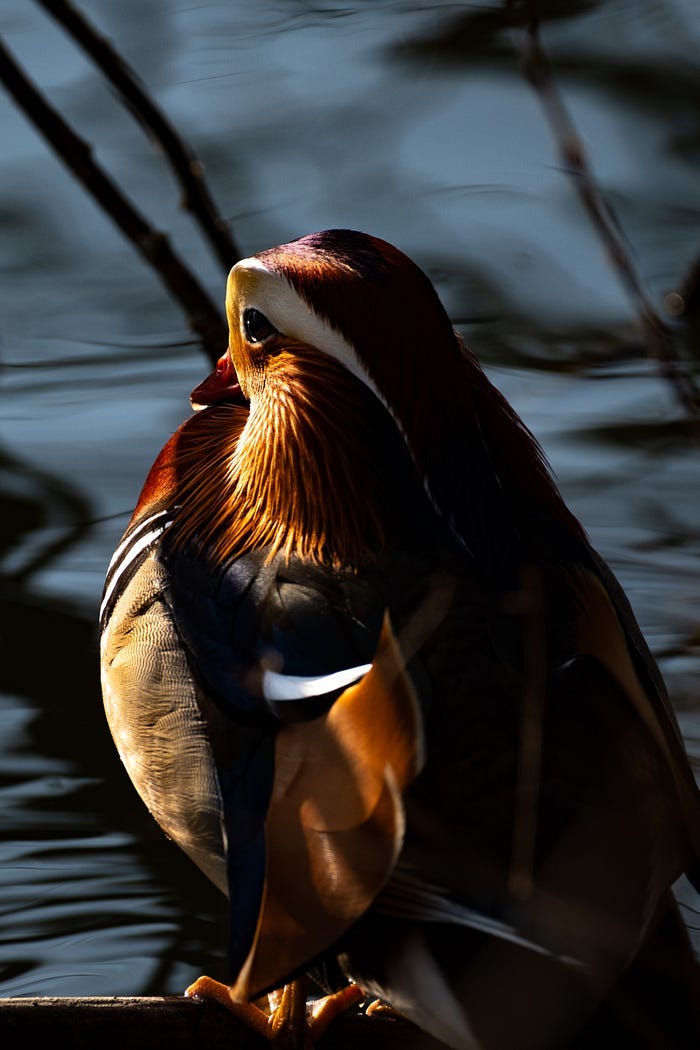
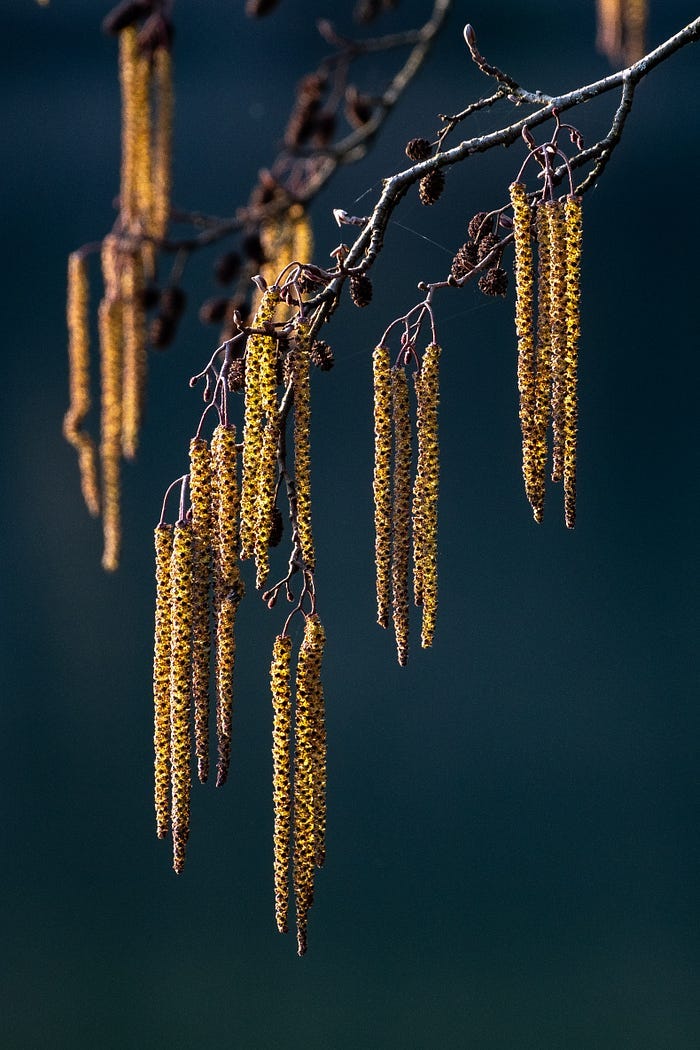
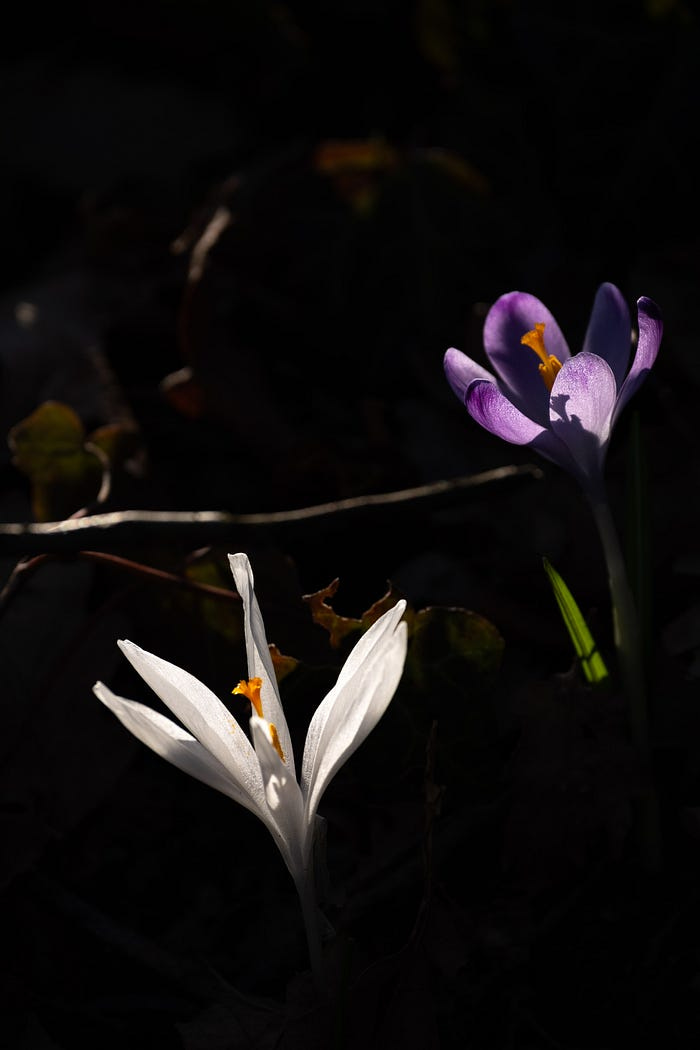

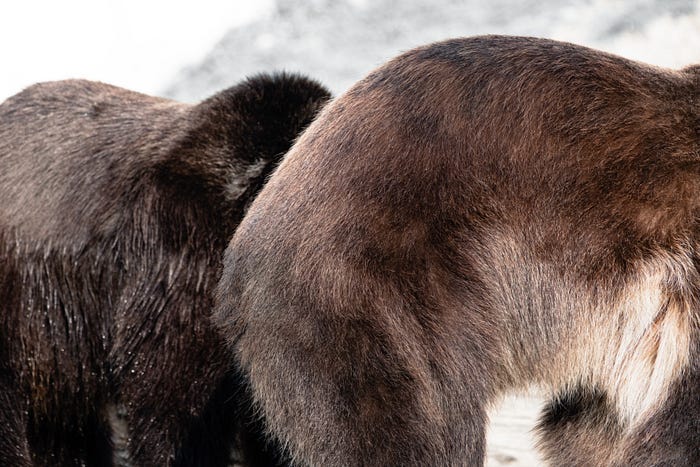
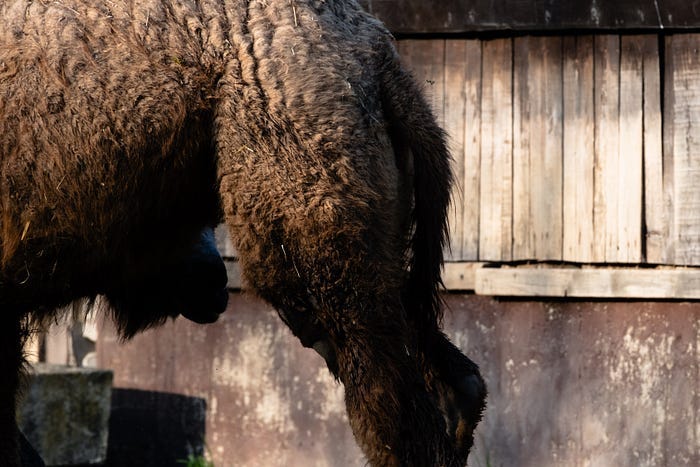
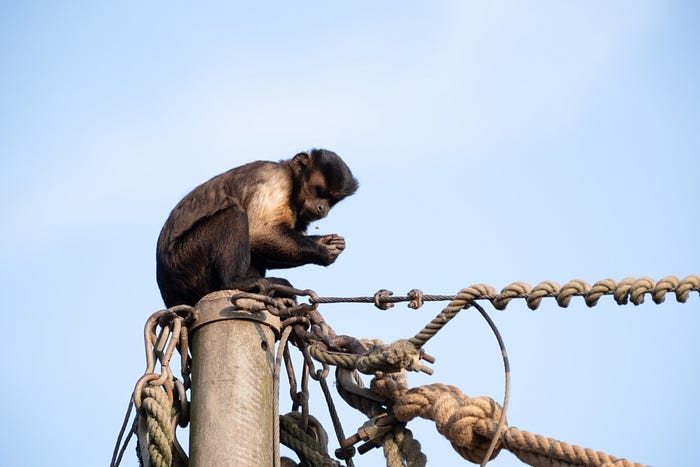

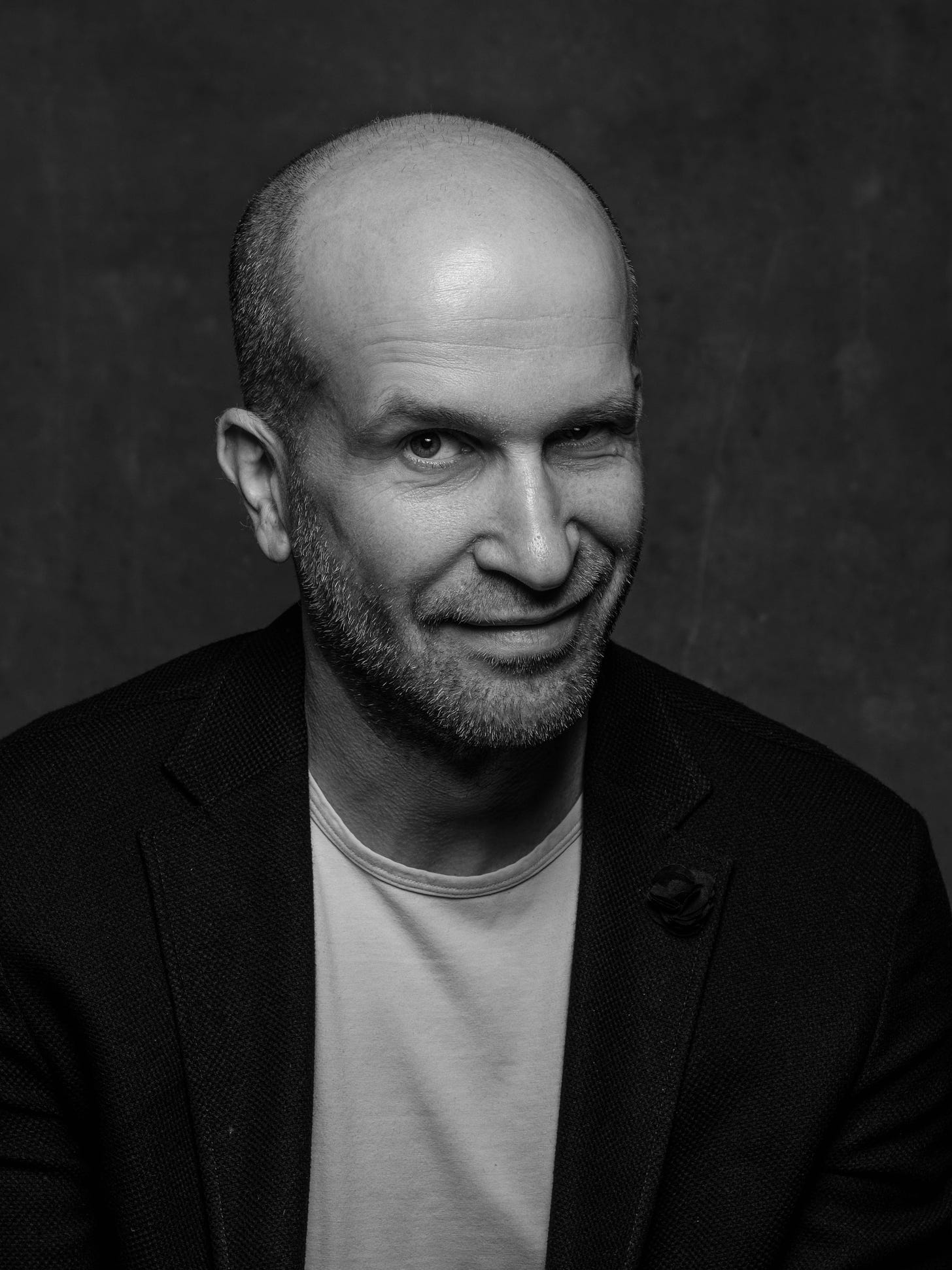
i'm not questioning your mentor here but i'm questioning you. your mentor is right but also wrong. if you knew what to answer to your mentor when he asked "why do you need that for?" you have shut him up and probably not need him anymore. but you didn't. there is something else: you need a mentor to guide you not to tell you what to do or not. the simple answer to your mentor should be: i want (no need) a telephoto lens in order to experience a closed field of view together with a different separation regarding the depth of field compared with a normal 50mm lens.
a telephoto lens is not for everybody but it can be essential when it comes to certain things. it all depending on what the photographer is trying to do.
a photographer can't go to a rugby match with a 17mm lens and can't photograph interiors with a 300mm lens. if a photographer stick with one lens, the photographer is restricted to a certain type of photography and that can be good and bad. my suggestion? when invest in a lens, buy the best glass that money can buy, buy a 70-300 that is 2.8 for the whole focal lengths. thank me later.
Great pictures as usual Davor, but certainly different from what we normally see here. It’s interesting that you say you must now take two camera bodies and a wide lens as well as your new telephoto when you go out, leading to backache. I disagree, if you are in a telephoto frame of mind, leave the wide angle lens at home. Be prepared to let those images you would normally make slip away and get into the habit of searching for a different kind of photo. Thanks for sharing.